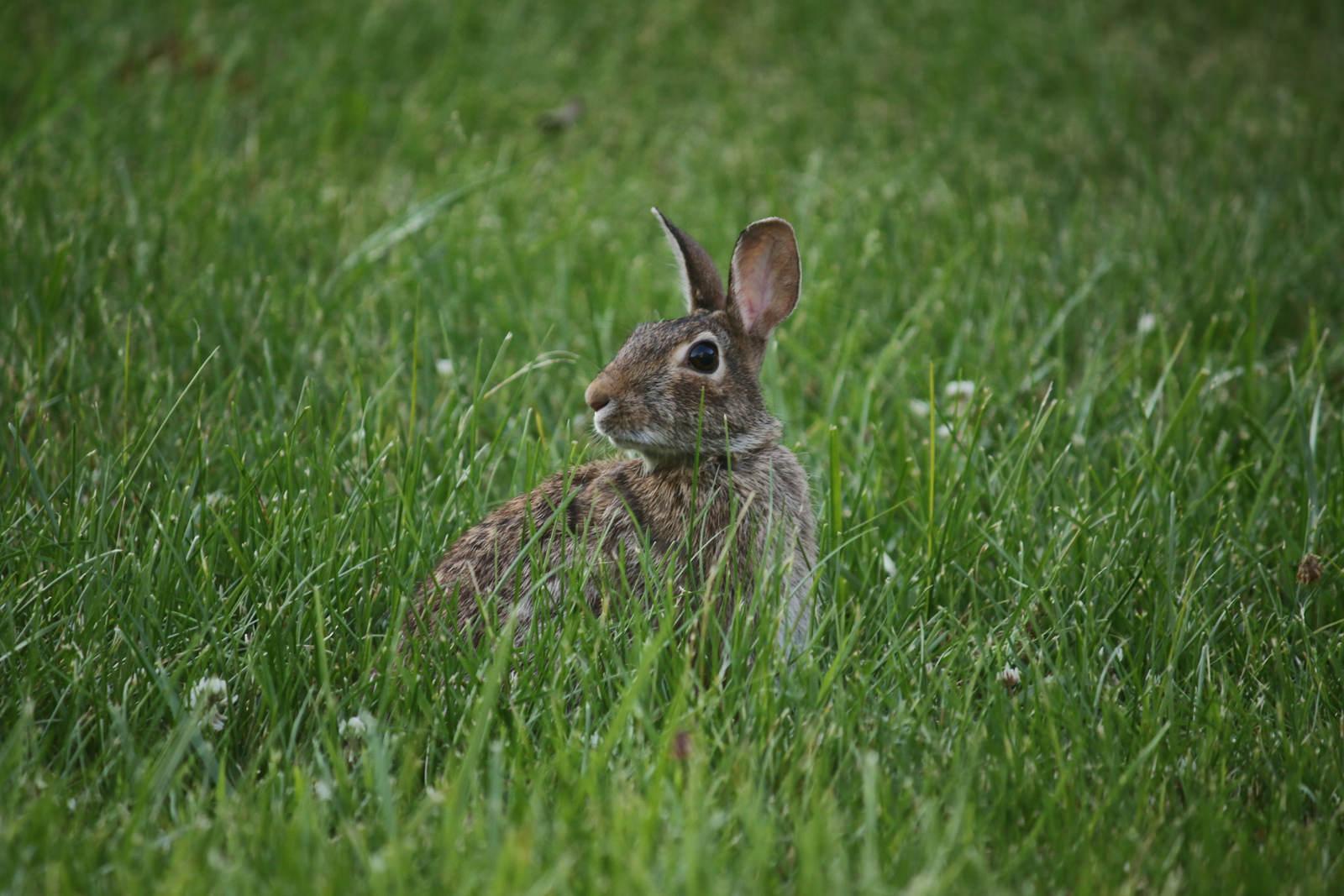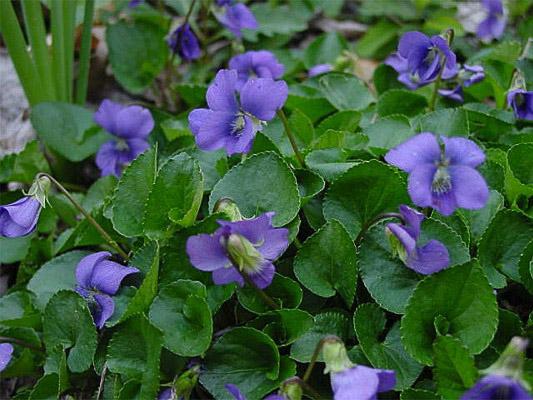Key point
Organic lawn care is desired by people who want a more environmentally friendly managed lawn. Concerns about the impacts of pesticides on humans, pets, wildlife, pollinators, and the environment, including the Chesapeake Bay, are the driving factors behind the wish to make a change. But, what is organic lawn care? And what should the expectations be?
What is organic lawn care?
- The working definition of an organic lawn care program is a lawn managed without synthetic fertilizers or pesticides. However, it does not mean discontinuing basic lawn care maintenance practices like fertilizing and overseeding.
- Research shows that a very low-maintenance approach, just mowing what you have and doing nothing else, is not necessarily the most environmentally sound practice (Ervin, 2011). This approach may lead to areas of bare soil, soil erosion, and runoff.
- Organic lawn care, like conventional lawn care, requires an investment of time and money for the best results. If you decide you need help, contact organic lawn care companies and conventional lawn care companies with organic programs to learn more about organic approaches and pricing (more information below in Questions to ask if you are considering hiring a professional organic lawn care landscaper.)
- Another consideration is reducing some of your lawn by planting a lawn alternative. For example, a groundcover should be considered for areas where grass doesn't grow.
Find more ideas for reducing lawns in the following links:
Converting Lawns Into Diverse Landscapes: Case Studies
Sustainable Landscape Designs: Foundation Plants for Townhomes
Organic lawn care guidelines

Growing a lawn organically focuses on the soil, overseeding in the fall, low-input applications of organic fertilizer, and the willingness to accept some weeds.
- Perform a soil test. Maintaining proper pH (6.0 - 6.8) and soil fertility levels are necessary for healthy turf growth.
- Improve the soil before planting a new lawn or when doing a lawn renovation project by mixing compost into the top 4-6 inches making sure it is well incorporated.
- Soil improvement after a lawn is established is difficult because to comply with Maryland's Fertilizer Law, the amount of compost that can be applied (topdressing) has to be dictated by a soil test and a compost analysis. You can also work with a lawn care professional who is a certified professional fertilizer applicator if topdressing is desired. Usually, this is not necessary for an established lawn where soil organic matter has increased over the years through the addition of grass clippings, leaves, and dead plants and microbes, as compared to the soil in a newer development that was stripped of topsoil during construction.
- Plant turf-type tall fescue. It needs a minimum of 4-6 hours of sunlight (moderate sun). Refer to publication (PDF) TT-77 Recommended Turfgrass Cultivars for Certified Sod Production and Seed Mixtures in Maryland for a list of recommended cultivars to look for on the label of the grass seed you are purchasing. We also have information about growing grass in shady conditions.
- Overseed in the fall if your lawn sustained summer damage from drought, disease, or has bare spots. Establishing a lawn from seed may take 2 or 3 consecutive overseedings in the following seasons.
- Fertilize according to the University of Maryland Extension recommendations for home lawns. Organic lawn fertilizers are composed of ingredients like alfalfa meal, Chilean nitrate, corn gluten, feather meal, and cottonseed meal. To comply with Maryland's lawn fertilizer law look for a product that contains zero phosphorus - the middle number of the fertilizer analysis or grade (0-0-0) unless soil test results indicate the need for phosphorus.
- Lawn fertilizer may not be applied to Maryland lawns between the blackout dates of November 15th and March 1st.
- Research done at the University of Maryland Paint Branch Turfgrass Facility showed that compost tea applied to foliage had little affect on turf growth.
- Mow high, grasscycle, follow the 1/3rd rule and keep mower blades sharpened.
- Established tall-fescue lawns can go dormant during the summer and very rarely need to be watered.
- Manage your lawn using University of Maryland Extension recommendations.

